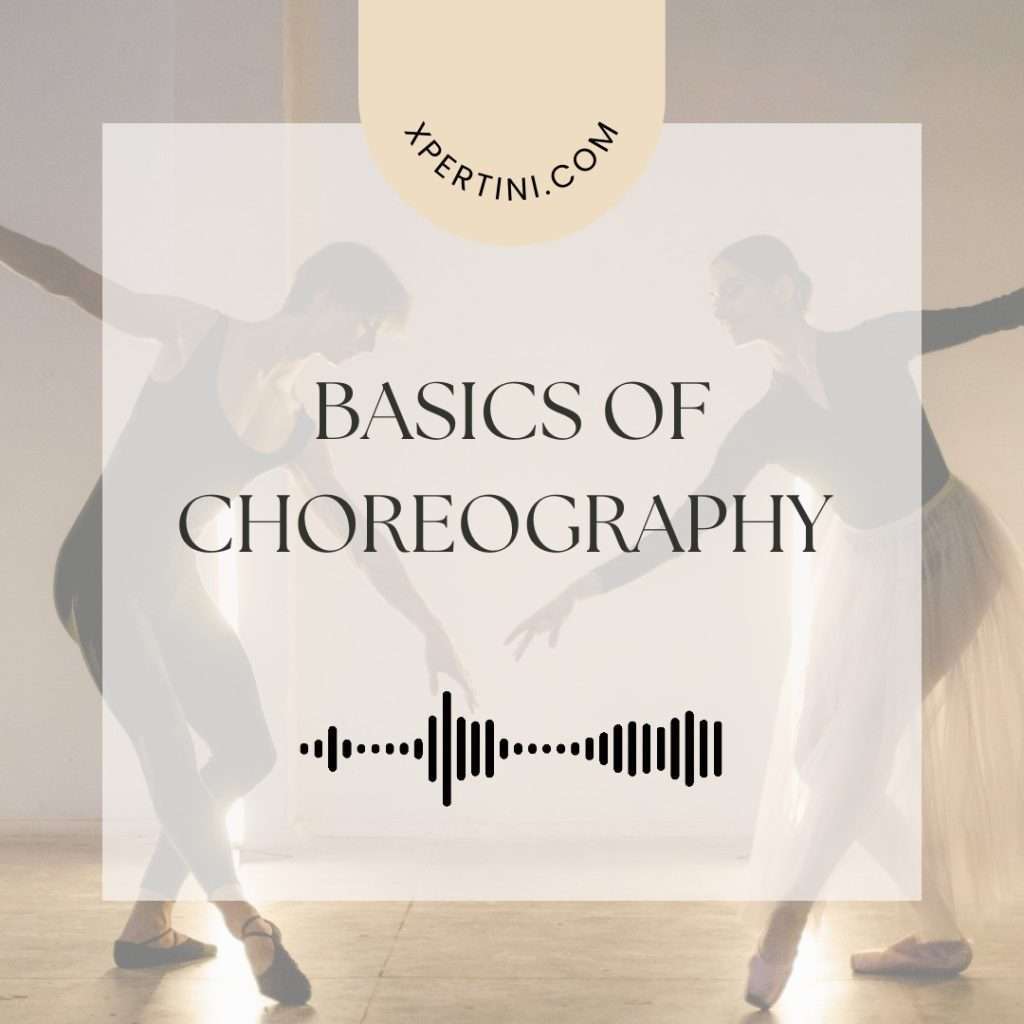Basics of Choreography
Course Summary
This comprehensive course offers a thorough exploration of the dynamic world of choreography, catering to aspiring dancers and seasoned professionals alike. Through a series of meticulously crafted lessons, learners gain valuable insights into the creative process, technicalities, and practical aspects of choreographing dance performances. Delving into topics such as musicality, movement vocabulary, collaboration, and career opportunities, the course equips students with the knowledge and skills needed to thrive in the competitive dance industry.
Beginning with an overview of the fundamental principles of choreography, learners are introduced to key concepts such as rhythm, tempo, dynamics, and spatial awareness. They learn to analyze and interpret music, harnessing its expressive potential to create compelling choreographic narratives. As the course progresses, students explore various techniques for generating movement ideas, refining choreographic concepts, and providing constructive feedback to peers. Emphasis is placed on effective communication and collaboration, essential skills for choreographers working in collaborative environments.
Furthermore, the course delves into the importance of refining and presenting choreographic work with professionalism and polish. Students learn to revise their choreography based on feedback, honing their artistic vision and enhancing the overall quality of their performances. Additionally, they discover strategies for effective performance and presentation, mastering the art of stage presence, storytelling, and audience engagement.
One of the course’s highlights is its exploration of career opportunities in the dance industry. From freelance choreography to educational roles and commercial collaborations, students gain insights into diverse career paths and learn how to build a professional portfolio and network effectively. By the end of the course, learners emerge with a comprehensive understanding of the choreographic process and the skills needed to pursue a successful career in dance.
In summary, this course serves as a comprehensive guide to the art and business of choreography, providing aspiring dancers and choreographers with the tools, techniques, and insights needed to navigate the complexities of the dance landscape with confidence and creativity. Whether pursuing a career on stage, in the studio, or behind the scenes, students emerge prepared to make their mark in the world of dance.
Course Overview
Choreography is not just about dance; it’s about creating movement sequences that tell a story or express emotions. This course provides a comprehensive introduction to the fundamental principles of choreography, equipping students with the skills and knowledge needed to create compelling and dynamic dance pieces.
Course Objectives
Understand the basic principles and elements of choreography.
Learn various choreographic techniques and methods.
Develop skills in creating movement sequences and structuring choreography.
Explore the relationship between music and dance in choreography.
Analyze and critique choreographic works from different styles and periods.
Gain insights into the creative process and artistic expression in choreography.
Apply choreographic concepts to practical exercises and assignments.
Collaborate effectively with dancers, musicians, and other artists in the choreographic process.
Develop critical thinking and problem-solving skills through choreographic challenges.
Prepare for further study or a career in choreography or related fields.
Course Outcomes
Able to identify and explain the basic principles and elements of choreography.
Demonstrate proficiency in various choreographic techniques, such as motif development, spatial design, and use of dynamics.
Create original movement sequences that effectively communicate ideas, emotions, or themes.
Analyze and critique choreographic works from different cultural, historical, and stylistic perspectives.
Collaborate with peers to create group choreographic projects, demonstrating effective communication and teamwork skills.
Integrate music and other artistic elements into their choreography to enhance its emotional impact and aesthetic appeal.
Reflect on their own choreographic process and artistic choices, demonstrating metacognitive awareness.
Apply feedback and critique to revise and improve their choreographic work.
Present their choreographic creations to an audience, demonstrating effective performance and presentation skills.
Explore career opportunities and pathways in choreography and related fields, identifying potential areas of specialization and further study.
Course Audience
Aspiring choreographers seeking to develop foundational skills and knowledge.
Dancers interested in expanding their understanding of choreography.
Performing artists looking to enhance their creative abilities.
Educators seeking to incorporate choreographic principles into their teaching.
Anyone passionate about dance and movement who wants to deepen their appreciation and understanding of choreography.

